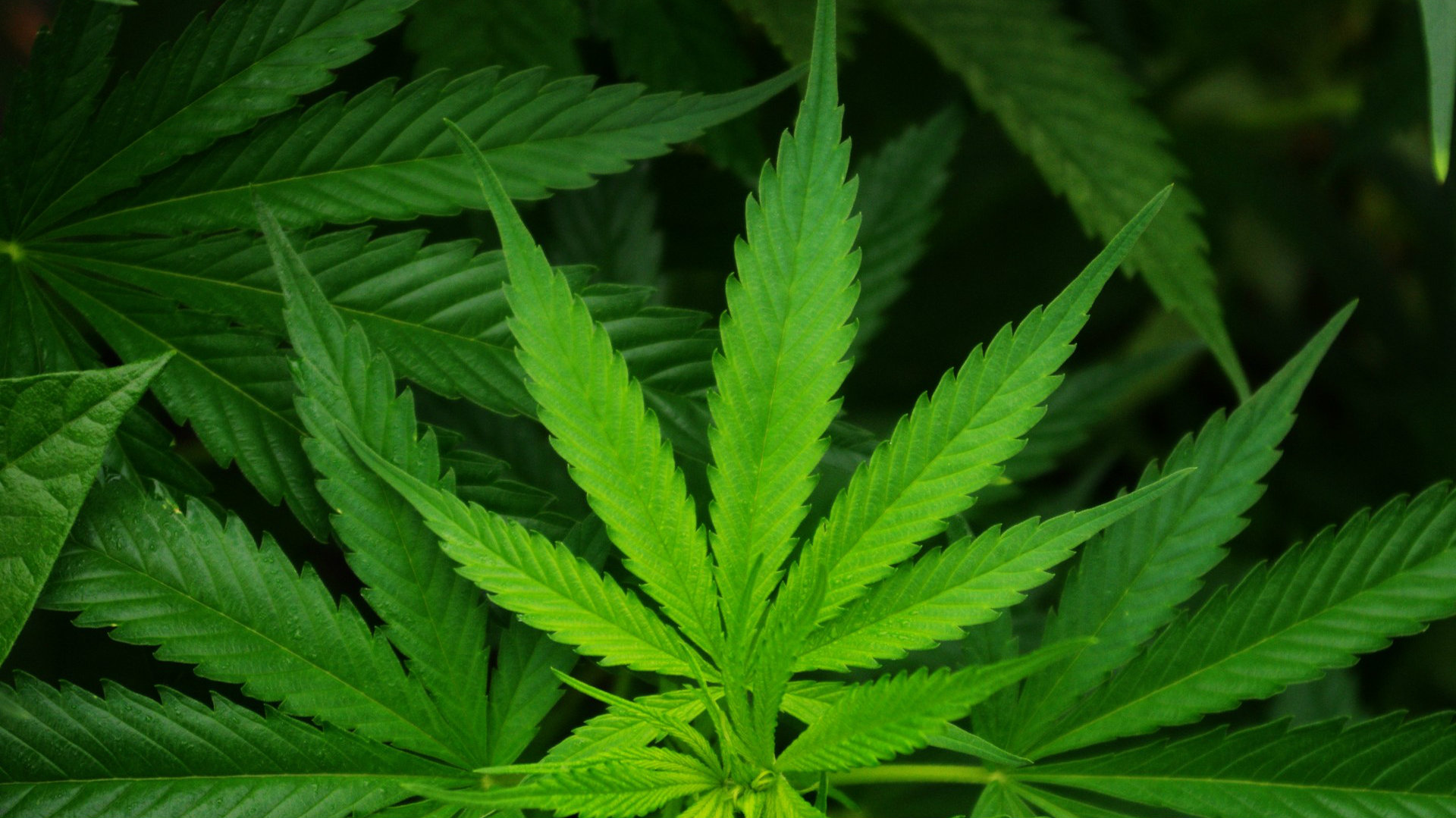With a number of reports throwing out some pretty impressive forecasts for marijuana consumption in Canada post-legalization, a slough of analysts and investors have begun to dig through the data to determine which numbers are most likely to come close to the actual quantity of marijuana that will be consumed by Canadians over and above the current medical marijuana user base.
One of the challenges statistics agencies, such as the Canadian Parliamentary Budget Office, have had in putting together forecasts is that it is very hard to get an accurate picture of how much cannabis people will consume over time, given the fact that the majority of law-abiding Canadians have never touched the green substance.
Another confounding factor these agencies may not have dealt with properly is the fact that building a model using Colorado or other U.S. states which legalized marijuana years ago as examples of how cannabis sales may increase over time may not be taking into consideration the fact that Canada will be far less likely to experience the same level of “cannabis tourism” from surrounding areas. The states bordering Colorado which have not legalized marijuana tend to be much more conservative; the states bordering Canada either already have legalized marijuana, or are very close geographically to a state which has legalized marijuana.
Estimates for post-legalization consumption factor in some measure of “new consumption” from those who have not tried cannabis before or have used it a handful of times or less. The level of consumption from this consumer base, how many consumers will decide to continue to use cannabis on a regular basis after trying it, and the percentage of “heavy users” which will ultimately come out of this market segment are generally unknown.
It is generally accepted that the vast majority of cannabis sold will be consumed by a sliver of the overall percentage of users — how big this sliver becomes is a significant topic of debate. Some analysts believe that the numbers put forward by agencies such as the Canadian Parliamentary Budget Office may have been too generous with their calculations; however, most of the large marijuana producers tend to disagree.
The data from legalization efforts in a number of U.S. states tends to side on the more bearish side of the aisle with most of the data suggesting that it is less likely that a boom will occur post-legalization, but rather there will be an anticlimactic trickle of additional business. A report from the CATO Institute shows results from states which have legalized marijuana: “Our conclusion is that state-level marijuana legalizations to date have been associated with, at most, modest changes in marijuana use and related outcomes.”
Highly touted cannabis companies such as Canopy Growth Corp. (TSX:WEED) may believe the high-flying estimates; however, it is up to the individual investor to forecast consumption and supply independently to come up with a true valuation for cannabis-related firms.
Stay Foolish, my friends.








